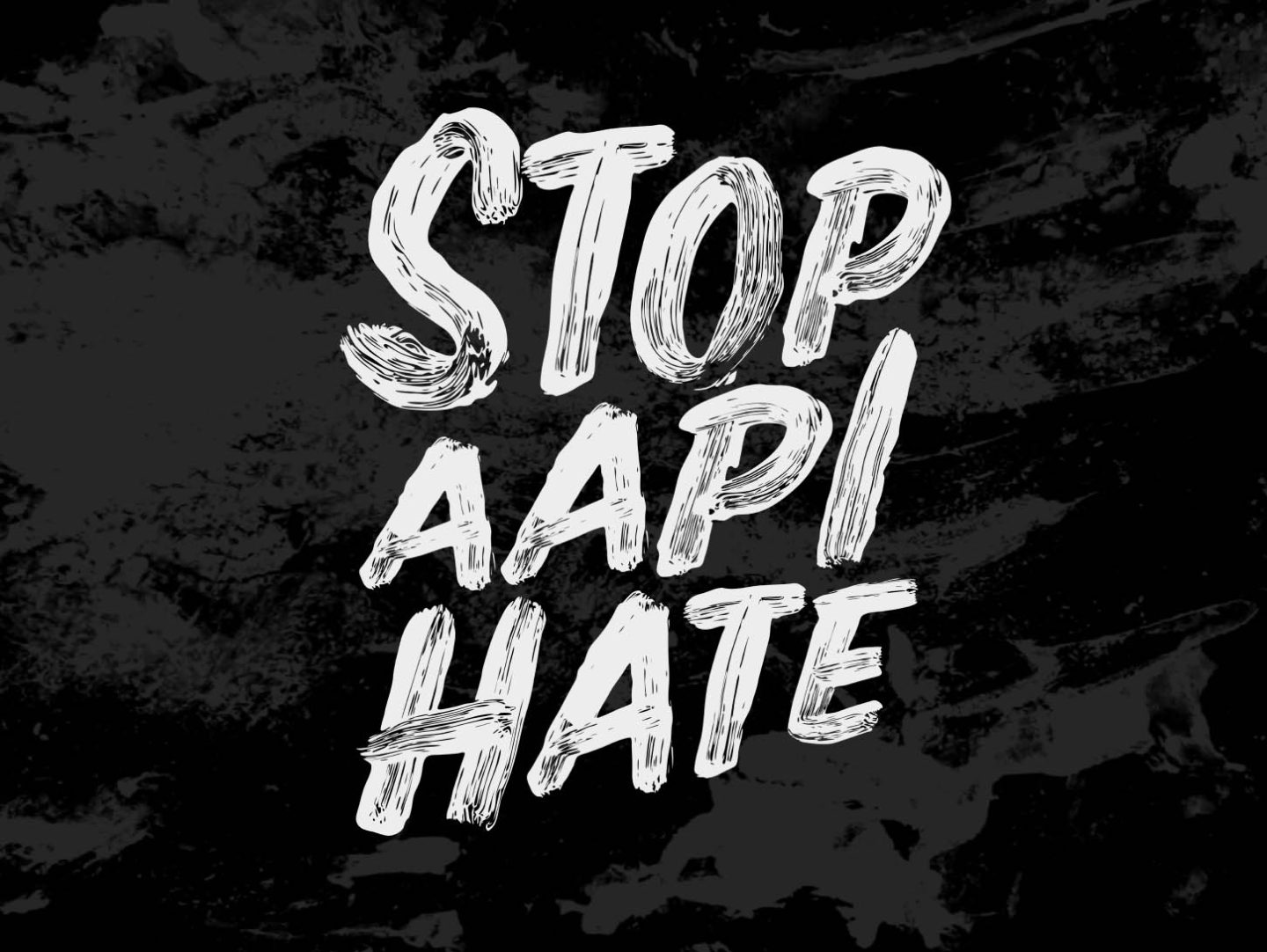Note: This report includes California State Policy Recommendations. We have updated our methodology in the time since this report was released. Please refer to our Data Visualization Tool or latest Data Report for our most up-to-date data.
From March 19, 2020 to December 31, 2021, a total of 10,905 hate acts against Asian American and Pacific Islander (AAPI) persons were reported to Stop AAPI Hate. Of the hate acts reflected in this report, 4,632 occurred in 2020 (42.5%) and 6,273 occurred in 2021 (57.5%).
This national report features: the overall descriptions of 10,905 hate acts from Stop AAPI Hate data and the gender specific descriptions of hate acts.
We also highlight policies and recommendations to address experiences with hate, including policies from Stop AAPI Hate’s recently released California State Policy Recommendations to Address AAPI Hate report, which can be adopted in states around the country.
National Trends
- Verbal harassment (63.0%) continues to make up the biggest share of total incidents reported.
- Physical assault (16.2%) comprises the second largest category of total reported incidents followed by the deliberate avoidance of AAPIs (16.1%).
- Almost half (48.7%) of all hate acts took place in public spaces — in public streets (31.2%), public transit (8.4%), and public parks (8.0%).
- Hate acts reported by women make up 61.8% of all reports.
- For the first time the report includes disaggregated data from non-binary AAPI respondents. It shows that they experience more deliberate avoidance or shunning (21.4%), being coughed at or spat on (13.9%), denial of service (8.3%) and online harassment (12.1%) than AAPI women and men.
- Civil rights violations — e.g., workplace discrimination, refusal of service, being barred from transportation, and housing-related discrimination — account for 11.5% of total incidents.
- Chinese Americans continue to report the most hate acts (42.8%) of all ethnic groups, followed by Korean (16.1%), P/Filipinx (8.9%), Japanese (8.2%), and Vietnamese Americans (8.0%).
Click here to read the full report (PDF).


